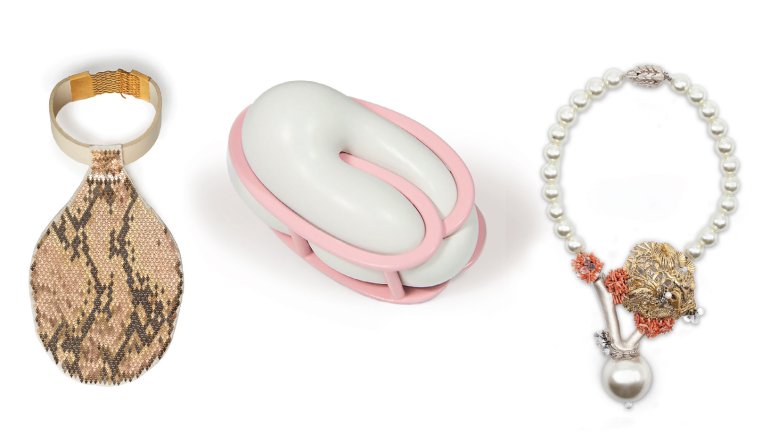The Artist as Channel
The Artist as Channel
When I want to boggle my own mind, I think about the nature of creativity.
It’s easy to assume that the way it shows up in art depends on the sensibilities of the artist. I’m not so sure. I think creativity may be one of those mysterious forces in the universe that we all have access to now and then, and what emerges doesn’t necessarily reflect who we are as individuals.
I’m always intrigued when I see an artist’s work, only to meet the maker, hear their story, and discover how different they are from what I expected. We’ve probably all met expansive, exuberant artists who do careful, meticulous work. We’ve all known cheerful people who make grim objects – and the other way around.
You can’t look at someone’s training and life experiences and predict what will appear when the creative impulse strikes. There’s an X factor in the creative process, a variable I suspect comes from a place beyond the ego, beyond the self. As Paul Klee said, maybe the artist is merely a channel.
I remember winning a prize in a college writing competition for a first-person essay about my upbringing. The awkward moment came when my mom asked to read it – because a lot of what I’d written wasn’t actually true. In the essay, my childhood had a rosy glow and my narrative voice a softness that were completely unfamiliar to her. And I couldn’t explain it. I’d been seized by the need to write, and that’s just what came out. It’s as if I’d been visited by a force that had its own story to tell. (I learned about journalism and facts later.)
When I survey the spectacular diversity of jewelry in this issue, I feel a similar sense of wonder. A lot of the artists have had the same kind of training, and they’re all working in this millennia-old genre we call jewelry. But somehow Tyler Stoll makes friendly, bulbous work, while Mallory Weston’s pieces evoke pixels and snakeskin and Mary Hallam Pearse’s are intricate, spiky, and organic. They could no more adopt each other’s aesthetics than they could swap souls. Look at three jewelry makers’ portfolios, and you’ll see three different worlds.
The range of the work in this issue, as I see it, is not necessarily a testament to human individuality, to the unique terrain within each artist. Instead, it may be evidence of something bigger than all of us – a collective imagination.
There are people who are convinced there is no God, no transcendent, spiritual essence in the universe. But can we really rule that out? What about the strange, unforeseeable intelligence apparent in art? What about the “happy accidents” so essential to this work or that? It’s like we’re all dipping our ladles into a cosmic crockpot of primordial soup – and you can’t predict whether you’ll snag the carrots, the pearl onions, or the fatty roast beef. But some how, some way, you’ll get what you need to do something magnificent.
If you’ve ever tried to make art leading with your ego or your will, you know how limiting that path is. You know the role of trust and even faith. Why do the best ideas often come not when we’re concentrating, but when we’re dreaming, showering, or making lunch? Maybe it’s because they’re visited on us – not by our training or our aesthetics, but by something much more amazing.




